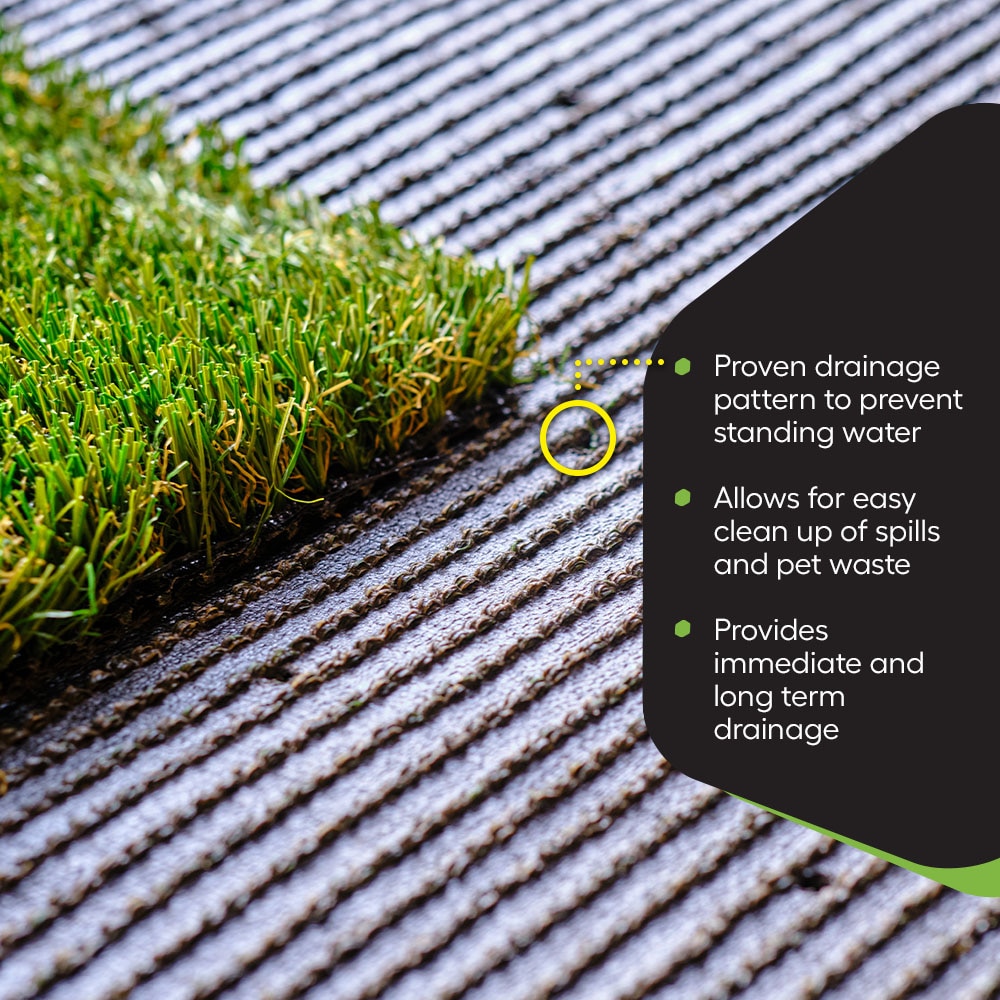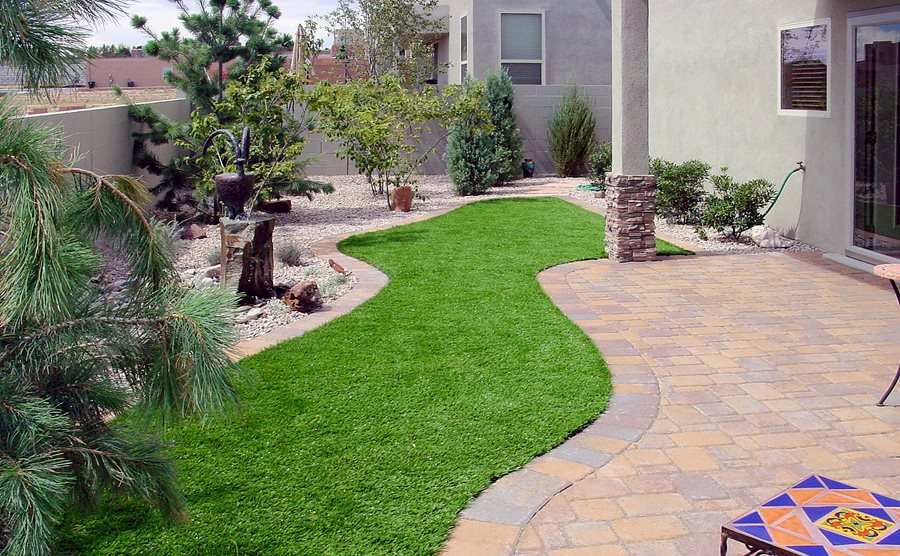Transform the Beauty of Green Mesa artificial turf with Low Maintenance
Wiki Article
Just How Does Artificial Turf Setup Transform Your Landscape?
The setup of artificial turf offers a multifaceted possibility for landscape change, using a blend of visual enhancement and functional benefits. Past the immediate aesthetic allure of a consistently eco-friendly space, synthetic grass significantly lowers upkeep demands and water intake. Its adaptability allows for imaginative landscape design services tailored to different environments, making it an engaging choice for both business and residential applications. The effects of such a change prolong past mere appearances and convenience, prompting more exploration right into the long-lasting effects on price, ecological sustainability, and total landscape health.Advantages of Synthetic Grass
When taking into consideration landscaping services, the advantages of artificial turf ended up being increasingly apparent. Unlike natural yard, which necessitates regular mowing, watering, and fertilization, fabricated grass maintains its lavish look without these labor-intensive jobs.In addition, synthetic grass offers a constant having fun surface area, making it excellent for leisure locations and sports areas. Turf companies mesa az. Its sturdiness ensures that it can withstand heavy foot web traffic without the damage related to natural lawn, therefore advertising year-round usability
Ecological benefits also play a vital role in the appeal of synthetic grass. By eliminating the requirement for chemicals and herbicides, it adds to a healthier community. The decrease in water use is substantial, especially in areas vulnerable to drought.
In addition, synthetic grass boosts visual allure, providing a vivid environment-friendly landscape that continues to be consistent throughout the seasons. This uniformity can elevate residential or commercial property worth and aesthetic appeal, making it an attractive choice for businesses and property owners alike. In summary, the countless benefits of synthetic grass make it a compelling selection for contemporary landscaping services.
Expense Financial Savings Gradually

First of all, synthetic grass removes the requirement for reoccuring costs connected to water, fertilizers, pesticides, and grass maintenance solutions (Mesa artificial grass). Property owners can expect to conserve considerably on their water expenses, particularly in areas susceptible to drought, where watering of all-natural grass can become much too expensive. In addition, the lowered need for chemical treatments not only reduces costs but additionally minimizes labor costs related to grass treatment
Over time, the collective monetary benefits of artificial turf can dramatically exceed the first prices, making it a sensible investment for those looking to boost their landscapes while likewise managing their budget plans effectively. In summary, the long-term price savings connected with fabricated turf make it an eye-catching option for homeowners seeking both aesthetics and monetary prudence.
Environmental Influence
The environmental influence of artificial turf is a topic of substantial interest and argument. Supporters argue that artificial turf saves water, as it eliminates the demand for watering, which is particularly useful in deserts. This water preservation can bring about decreased pressure on regional water resources and lower energy bills for homeowners. In addition, synthetic grass gets rid of the necessity for chemical fertilizers and chemicals, which can posture dangers to regional communities.However, concerns about the ecological impact of fabricated grass continue. The manufacturing of artificial products often needs significant energy and petroleum resources, adding to carbon emissions. When synthetic grass reaches the end of its life cycle, disposal can come to be bothersome, as several products are not eco-friendly and can end up in landfills (Mesa artificial grass).
Another area of concern is the capacity for microplastics to leach into the dirt and waterways, which might detrimentally impact marine life and ecological communities. Therefore, while artificial turf presents certain ecological benefits, it likewise poses obstacles that warrant mindful factor to consider. Balancing the benefits of water preservation with the ecological influences of production and disposal is important for making informed landscape design decisions.
Style Adaptability
Synthetic grass opens up a world of design adaptability, enabling house owners and landscape engineers to produce cosmetically pleasing and useful outdoor spaces. Unlike traditional yard, fabricated lawn can be tailored to fit various motifs, designs, and objectives, boosting the general landscape design.
One of the main benefits of man-made grass is its versatility. Property owners can pick from a selection of structures, colors, and stack heights, ensuring that the grass complements existing functions and building elements.

Upkeep and Long Life
With very little upkeep required, fabricated grass uses a sensible solution for home owners seeking a low-maintenance landscaping option. Unlike natural grass, which requires normal mowing, watering, and fertilizing, synthetic turf dramatically lowers the time and initiative needed to keep an eye-catching lawn.The longevity of artificial grass is an additional compelling benefit. Commonly, fabricated lawn can last between 15 to 25 years, depending on the top quality of products utilized and the degree of foot traffic it sustains.
Moreover, maintenance jobs for synthetic grass are uncomplicated. Occasional brushing to maintain the blades upright, rinsing to get rid of debris, and periodic infill replenishment are generally enough to preserve its appearance and functionality. This convenience of upkeep permits property owners to appreciate their outdoor areas without the problem of extensive labor.
Conclusion
In conclusion, artificial grass installation substantially enhances landscapes by supplying a lively, low-maintenance option to all-natural yard. In general, man-made grass emerges as important link a lasting and useful remedy for changing outside spaces into visually enticing and useful settings.
In final thought, synthetic turf installation considerably boosts landscapes by offering a dynamic, low-maintenance alternative to natural lawn.
Report this wiki page